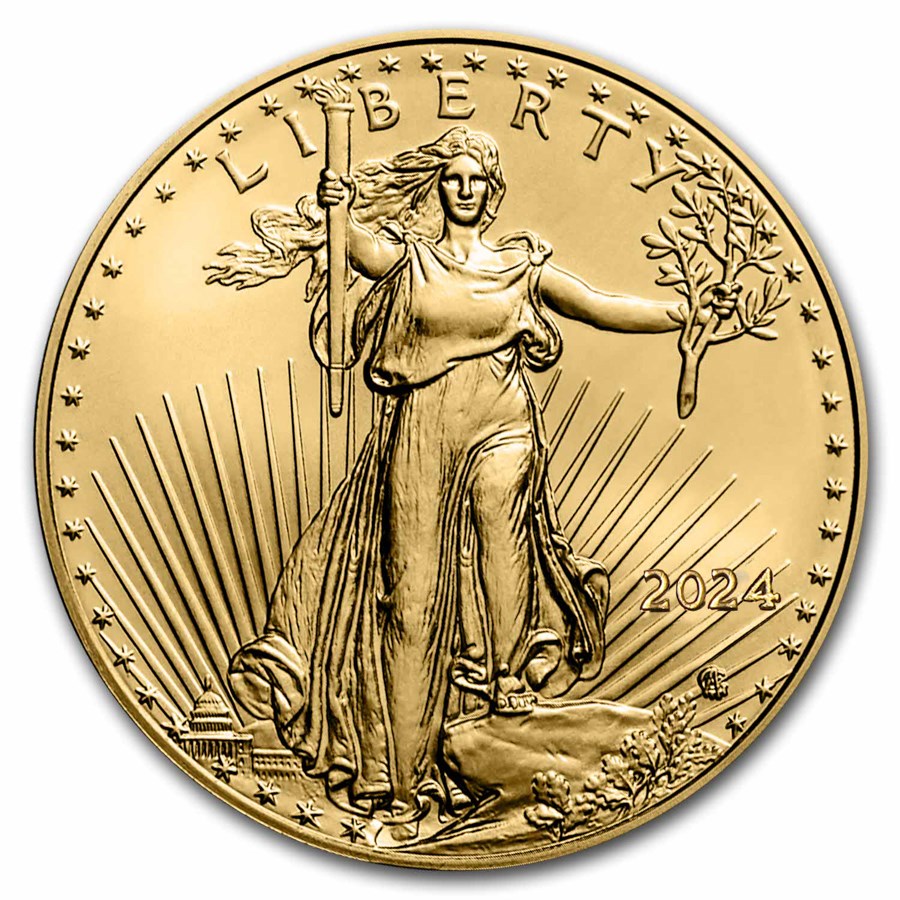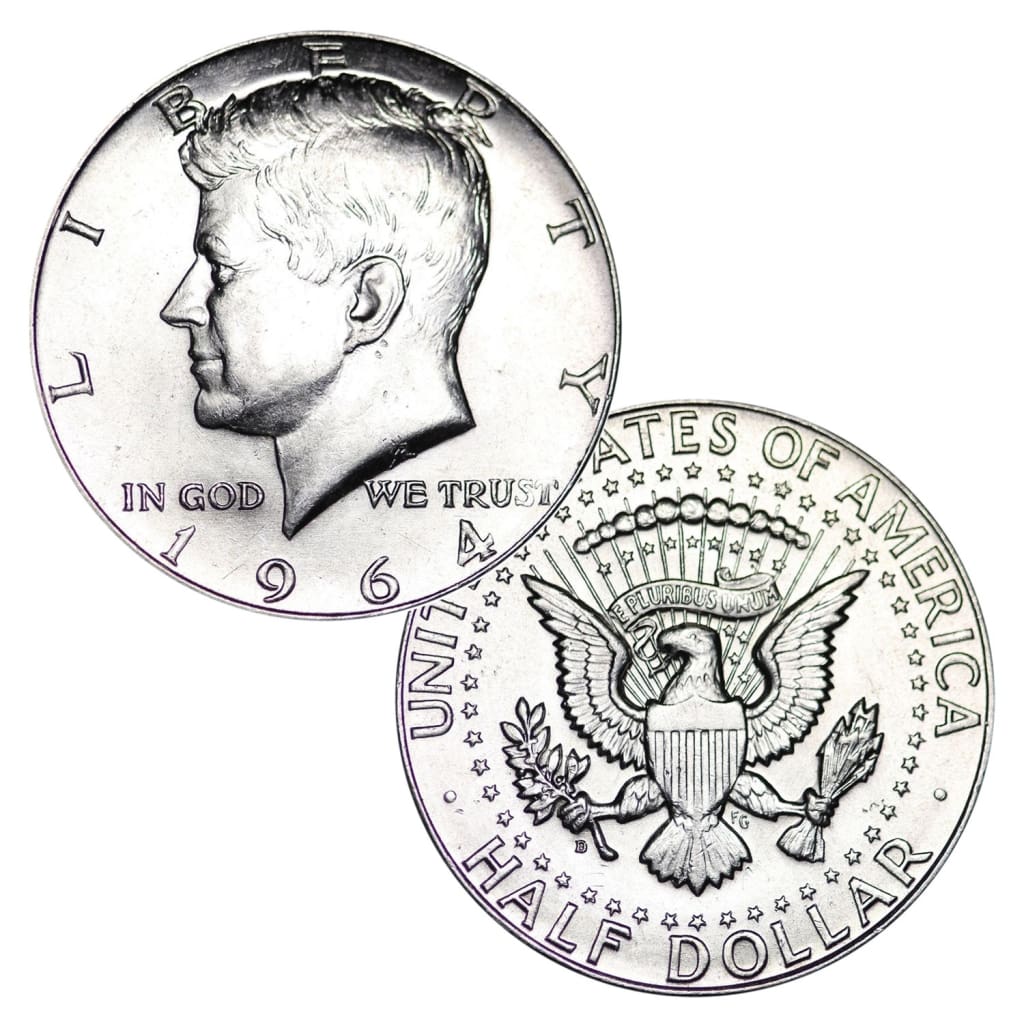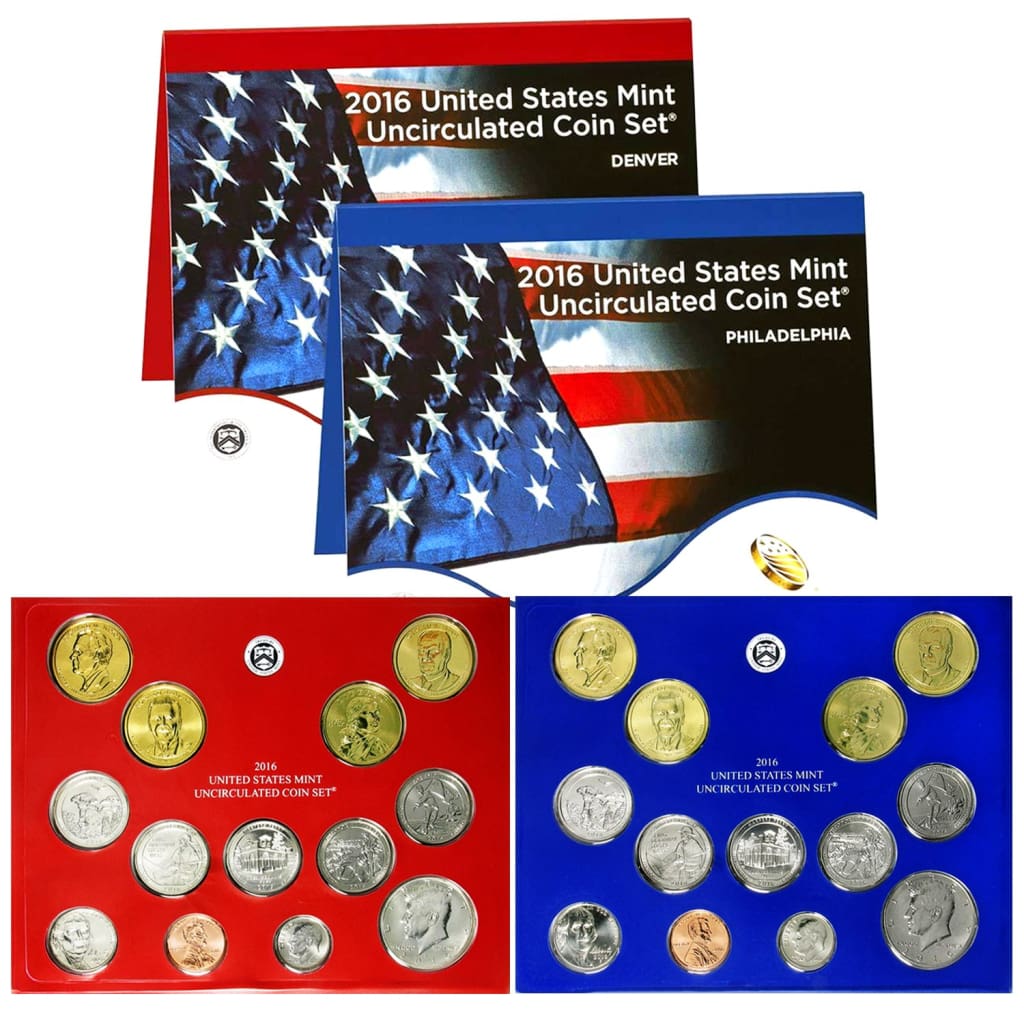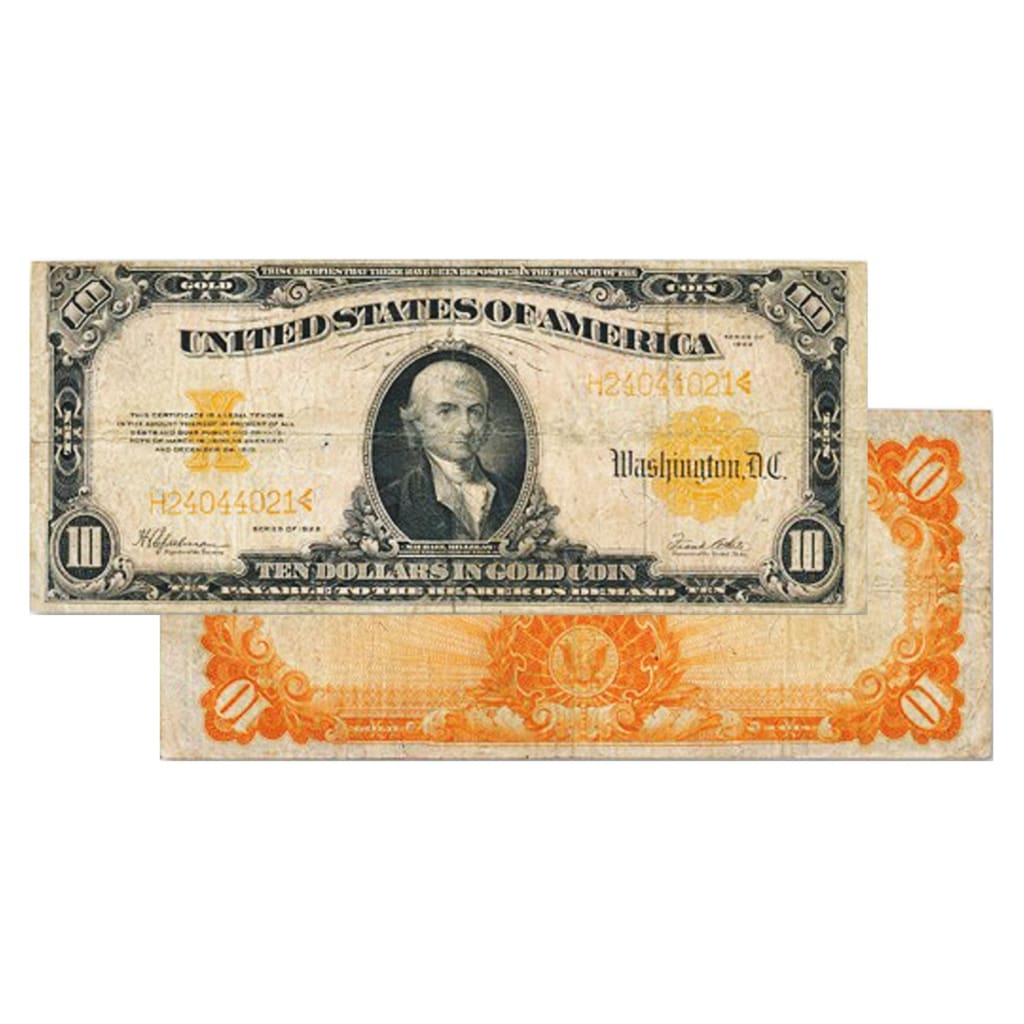Bullion vs. Numismatic Coins: Key Differences Explained
Not all precious metal coins are created equal. Investors and collectors must distinguish between bullion coins and numismatic coins, as they are valued and traded differently.
What Are Bullion Coins?
- Minted by governments and intended as a store of metal value, not circulation.
- Value tied to metal content and spot price plus modest premiums.
- Typically have legal tender face values (e.g., U.S. Silver Eagle: $1 face value, 1 troy oz of .999 silver).
- Examples: American Eagle, Canadian Maple Leaf, South African Krugerrand, Chinese Panda.
What Are Numismatic Coins?
- Valued based on rarity, age, condition, and design, not just metal content.
- Can trade at premium multiples above spot price, influenced by collector demand.
- Examples include pre-1933 U.S. gold coins, Peace dollars, British Sovereigns.
Comparison Table
| Feature | Bullion Coins | Numismatic Coins |
|---|---|---|
| Value Basis | Metal weight + spot price + small premium | Rarity, age, condition, metal content |
| Liquidity | Very high (easy to buy and sell) | Lower – depends on collector interest |
| Price Stability | Closely tracks spot price | More volatile and subjective |
| Best For | Investors seeking metal exposure | Collectors and long-term appreciation |
Choosing Between Them
Bullion coins are ideal for hedging inflation, portfolio diversification, and ease of liquidation. Numismatic coins appeal to collectors and investors seeking historical significance and rarity but require expertise and carry greater risk.








